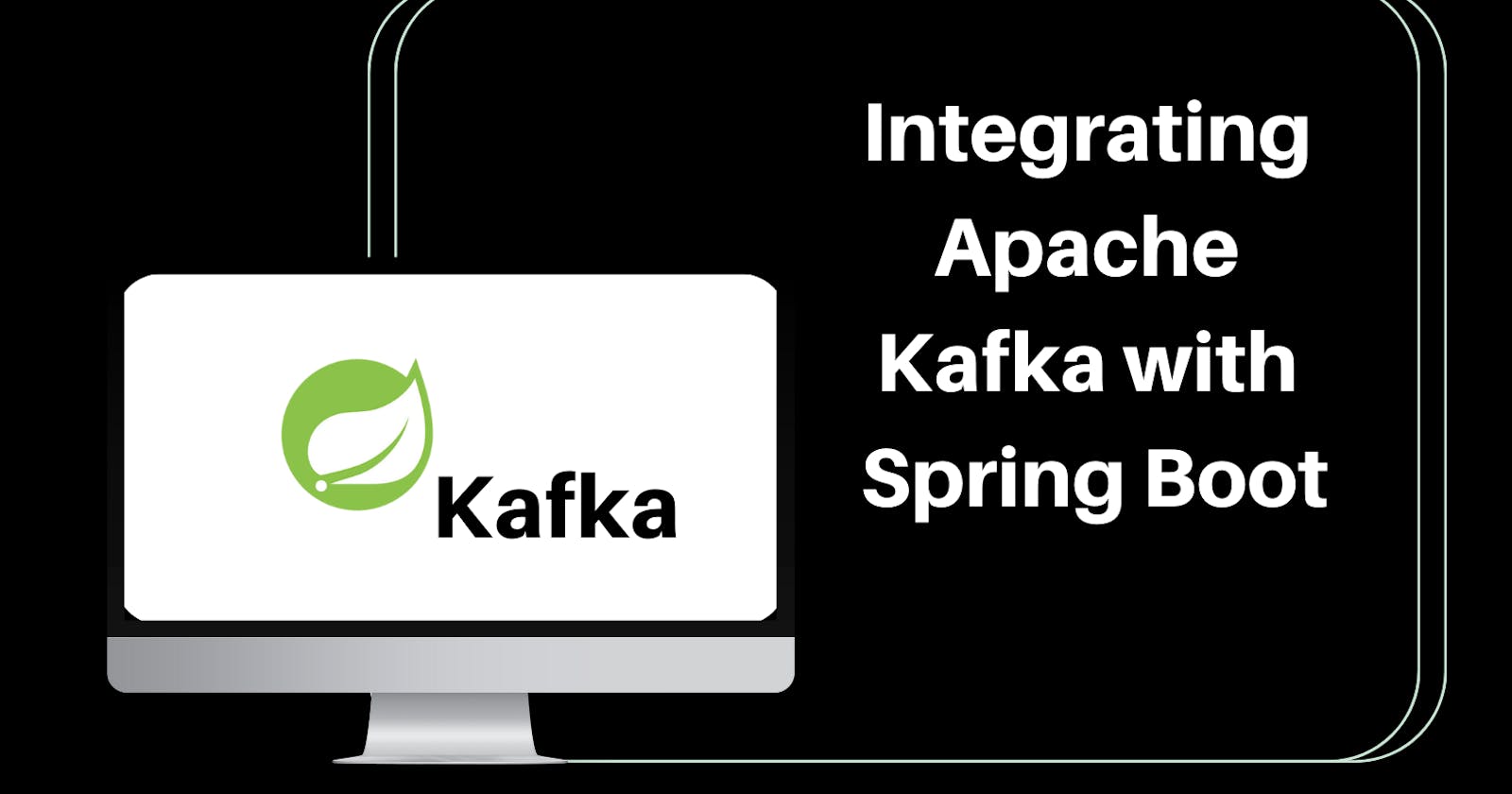Integrating Apache Kafka with Spring Boot for Business Efficiency
Seamless data streaming: Imporove you business efficiency by integrating Apache Kafka with Spring Boot.
Delivering correct information to users is very important in this modern world and the growth of the business requires seamless data streaming. Most business deal with emails for better communication with their users when they are not available on the platforms. Sometimes sending emails fails to reach the users and even takes time. Therefore, implementing microservices architecture gives many services to provide better feedback to the users and a robust design for messaging.
Having the right messaging system in business is important. Similarly, choosing architecture is the same. Therefore, for better architecture and messaging systems, it requires you to hire Spring Boot developer who can plan to provide better results for business efficiency. Let’s understand Apache Kafka with Spring Boot in more detail.
What is Apache Kafka?
Apache Kafka is an open-source distributed publish-subscribe messaging system that processes streaming data in real-time and accepts data from various sources. Kafka is basically written in Java and Scala, as it provides scalable operations and fast reply to data in real time.
Why is Kafka used?
Despite the fact that Kafka is written in Java, it offers a variety of tools and ideas for integration, including Spark, Scala, Hadoop, BigData, etc.
As Kafka is designed with the cluster, it facilitates data transfer between numerous advanced platforms.
Kafka enables many message brokers. It implies that the broker software can be horizontally scaled in such cases.
In addition, we can develop code using TCP, FTP, HTTP, etc., because protocols navigate the system.
Kafka also provides REST calls for integration with non-java technology.
Importance of using Kafka over other Techniques
Kafka allows quick message transmission. Furthermore, a single Kafka broker may manage megabytes per second while serving thousands of customers.
Kafka messages are robust because they are replaced within the cluster to guard against data loss.
Kafka can also process huge messages. Its servers can accept messages up to a maximum size of 1000000 bytes.
Kafka also provides longevity and an error tolerance method.
The features included in Kafka can manage large data sets and reduce extra data over cluster devices.
The Benefits of Integrating Apache Kafka with Spring Boot
Scalability
The distribution of messages across multiple users is easily done using Kafka. It enables horizontal scalability, which makes data flow faster and easier.
Real-time data processing
Using Kafka with Spring Boot, the application can enable real-time data processing by streaming. However, Kafka helps other applications that require data processing.
High-Performance
Kafka provides a high throughput disk structure for subscribing and publishing. The disk structure makes continuous performance when you are dealing with a lot of terabytes for storing messages.
Highly durable
Kafka persists and provides an intra-cluster replication, which makes a highly durable messaging system.
Extensibility
Technologies can leverage Kafka, as it provides extensible messaging platforms for integration. It is flexible enough for messaging.
Summary
For thoughts enterprises looking to scale their business and improve the conversation with the users need to understand the integration of Kafka with Spring Boot, which provides your business with insights for building scalable applications with high performance and instant distribution of messaging, which allows you to handle large volumes of data and delivers real-time processing.
Hope this article was helpful to you. Moreover, integrating Apache Kafka with Spring Boot applications will be a great choice if you are looking for robust and scalable messaging services.
Also Read: Unleashing the Potential of Spring Boot for Digital Transformation
